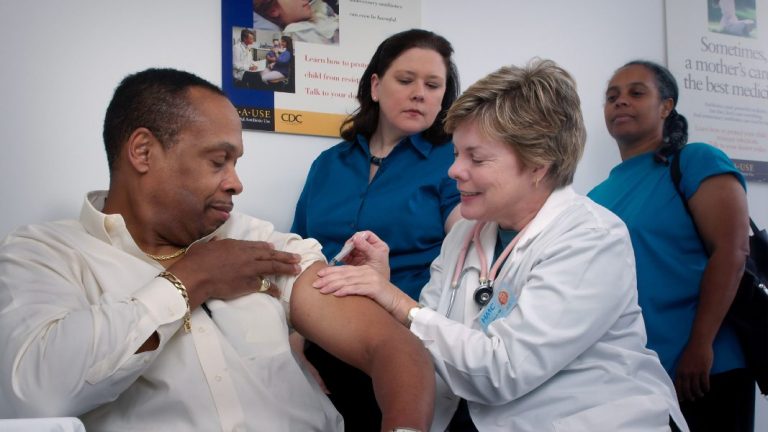Remote Patient Monitoring: A Strategic Imperative for Population Health

In today’s healthcare landscape, leaders are being asked to deliver better outcomes with fewer resources. Rising costs, an aging population, and the growing burden of chronic disease have made traditional, reactive care models unsustainable.
Amid this shift, remote patient monitoring (RPM) has emerged as one of the most transformative tools for enabling proactive, continuous, and value-based care.
Redefining Care Beyond the Clinic
Remote patient monitoring encompasses technologies that collect and transmit patient health data to providers in real time—outside traditional clinical settings.
From connected blood pressure cuffs and glucose monitors to smartwatches and mobile apps, RPM enables clinicians to track patient progress between visits, intervene earlier, and strengthen engagement.
A patient with congestive heart failure, for instance, can share daily weight and blood pressure readings from home. These insights allow care teams to identify warning signs and act before the patient requires an emergency department visit—preventing costly hospitalizations and improving quality of life.
Driving Population Health Outcomes
RPM technologies have demonstrated measurable impact across multiple dimensions of care delivery:
- Early intervention: Detect condition changes before they escalate into acute episodes.
- Reduced readmissions: Studies have shown RPM can cut hospital readmissions by as much as 50% for select chronic conditions.
- Enhanced engagement: Continuous feedback helps patients become active partners in their health journey.
- Optimized resource use: Enables clinicians to prioritize attention on patients who need it most.
- Better chronic disease management: Continuous data supports improved control of diabetes, hypertension, COPD, and other long-term conditions.
For health systems facing mounting clinical workloads, RPM offers a pathway to manage large populations efficiently while maintaining personalized, high-touch care.
Laying the Groundwork for Implementation
Integrating RPM successfully requires thoughtful strategy and cross-functional collaboration. Healthcare leaders should begin with foundational steps:
- Define objectives: Identify the populations and outcomes you aim to impact—such as reducing readmissions or improving medication adherence.
- Select the right tools: Choose secure, user-friendly devices and software that integrate seamlessly with your EHR systems.
- Design clear workflows: Establish monitoring, escalation, and communication protocols across clinical teams.
- Invest in training: Educate both patients and staff to build confidence and drive sustained use.
- Start small: Pilot with high-risk cohorts before scaling to broader populations.
When deployed with intention, RPM becomes not just a monitoring mechanism, but a foundation for value-based, patient-centered care.
Overcoming Barriers to Adoption
Like any innovation, RPM implementation faces hurdles—data integration, privacy, and alert fatigue among them.
Healthcare leaders can mitigate these challenges by investing in interoperable systems, transparent communication on data privacy, and intelligent alert configurations to avoid overwhelming clinical staff.
Expanding digital equity is also essential. Programs that loan devices or provide technical support ensure patients without consistent access to technology are not left behind.
The Future of Population Health
Remote patient monitoring is more than a technological advance—it represents a paradigm shift in care delivery.
By extending care beyond episodic encounters to continuous engagement, healthcare organizations can identify risks earlier, manage resources more effectively, and ultimately improve patient outcomes.
In an environment where every health system is under pressure to do more with less, RPM offers a blueprint for proactive, data-driven, and equitable care.
For leaders charting the future of population health, the time to act is now.






